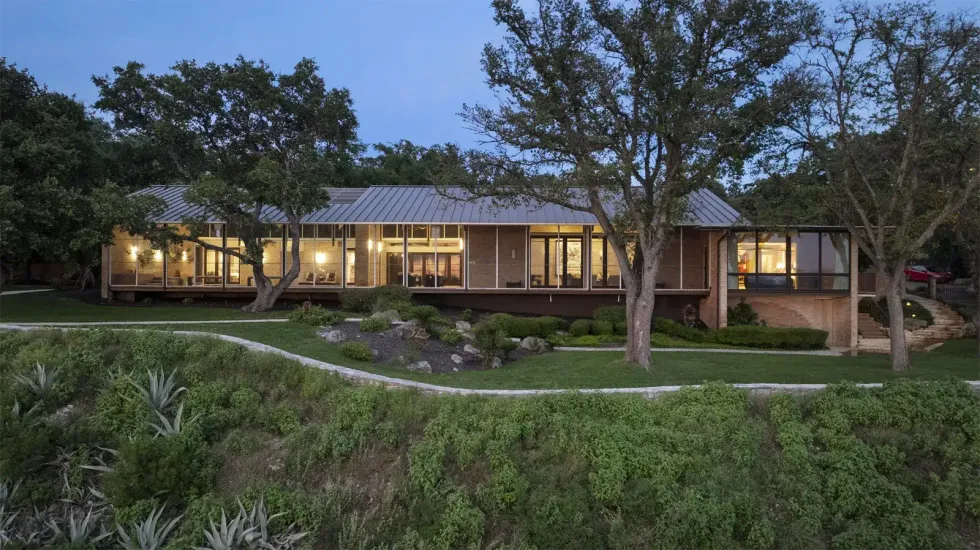Rent Report
San Antonio renters fare better than the rest of Texas, shows new report

As anyone who’s looked for an apartment in the last 10 years knows, rents are on the rise. And it’s not just in the booming I-35 corridor — nationally, sustained growth in the renter population has helped increase rents in cities of all sizes and locales. According to the U.S. Census Bureau's American Community Survey, a whopping 35 percent of American households are renter-occupied. And nearly half of those households — 47.1 percent, to be exact — are cost-burdened, which means that they spend more than 30 percent of their monthly income on rent.
Apartment experts Abodo recently released a study tracking those cost-burdened renters by generation. Renting is no longer only a young-person’s game — renters are staying in the market long past their 20s, and many older Americans are choosing to rent in retirement as they downsize. Abodo’s study looks at three broad age categories: millennials, Generation X, and baby boomers.
Almost two-thirds of millennials rent, with a median gross rent of $980 per month. And with a median income of $39,900, the percentage of renting millennials who face cost burdens is high: 46.5 percent.
But it’s even higher for boomers. Although a lower percentage of boomers rent (23.3 percent), almost half of those renters (49.1 percent) are cost-burdened. Such a burden might reflect renting boomers’ fixed incomes, as well as the high cost of assisted living in retirement. Of the three generations, boomers have the lowest median income ($33,000) and the lowest median rent ($890).
Generation X is somewhere in the middle. Just under 38 percent of them rent, which indicates that many have achieved the financial stability to put down payments on houses. (A median income of $44,470 doesn’t hurt.) Of the three generations, Gen X renters have the most expensive taste, paying a median rent of $1,050. Over 44 percent of those Gen X renters face cost burdens.
Geography, naturally, is a huge factor in renters’ ability to afford rent. Overall, millennials in urban Honolulu are having the most difficult time: 68.9 percent are cost-burdened. Rents in Florida and California also seem to be problematic for just about every generation.
But what about Texas? Most Texas cities seem to be below the national figures for cost burdens at every generation, following the same basic ranking of boomers being the most burdened, followed by millennials and then Gen Xers.
That holds true for San Antonio. All three age categories have cost-burden percentages below the national figures.
With 44.2 percent experiencing a cost burden, millennials do about as well in San Antonio as they do elsewhere in the state’s major cities. Gen Xers, however, do particularly well in the Alamo City, with only 37.8 percent experiencing a cost-burden, well below the national percentage of 44.4 percent. Boomers are also below the national mark, with 45.4 percent of renters cost-burdened. In those two age ranges, San Antonio has the lowest percentages of cost-burdened renters of any major city in the state.
That might change as San Antonio — already one of the nation’s largest cities, and now one of its fastest growing — continues to expand. Abodo’s midyear rent report found that the median one-bedroom price for San Antonio apartments was $858, and it increased an average of .8 percent per month. If the population continues to grow, rents could increase to take advantage of demand. Will wage growth keep pace with housing costs? Only time will tell.










 A photo in the daytime shows the natural surroundings.
A photo in the daytime shows the natural surroundings. The doorway from the outside world to a writer's retreat.
The doorway from the outside world to a writer's retreat. The pool solarium is the most dramatic part of the house.
The pool solarium is the most dramatic part of the house.